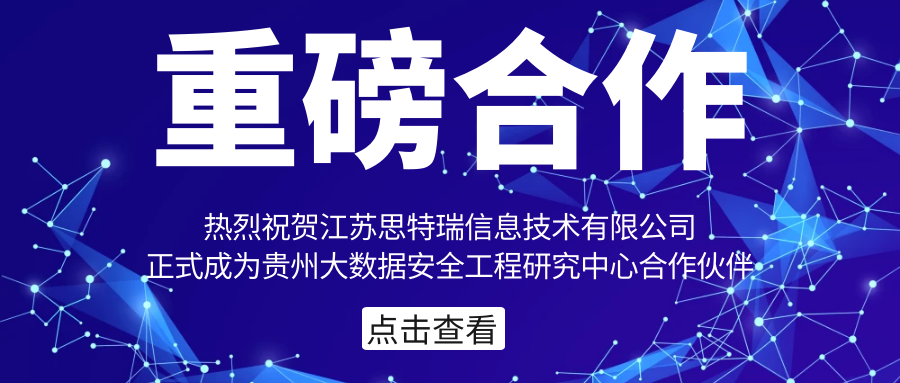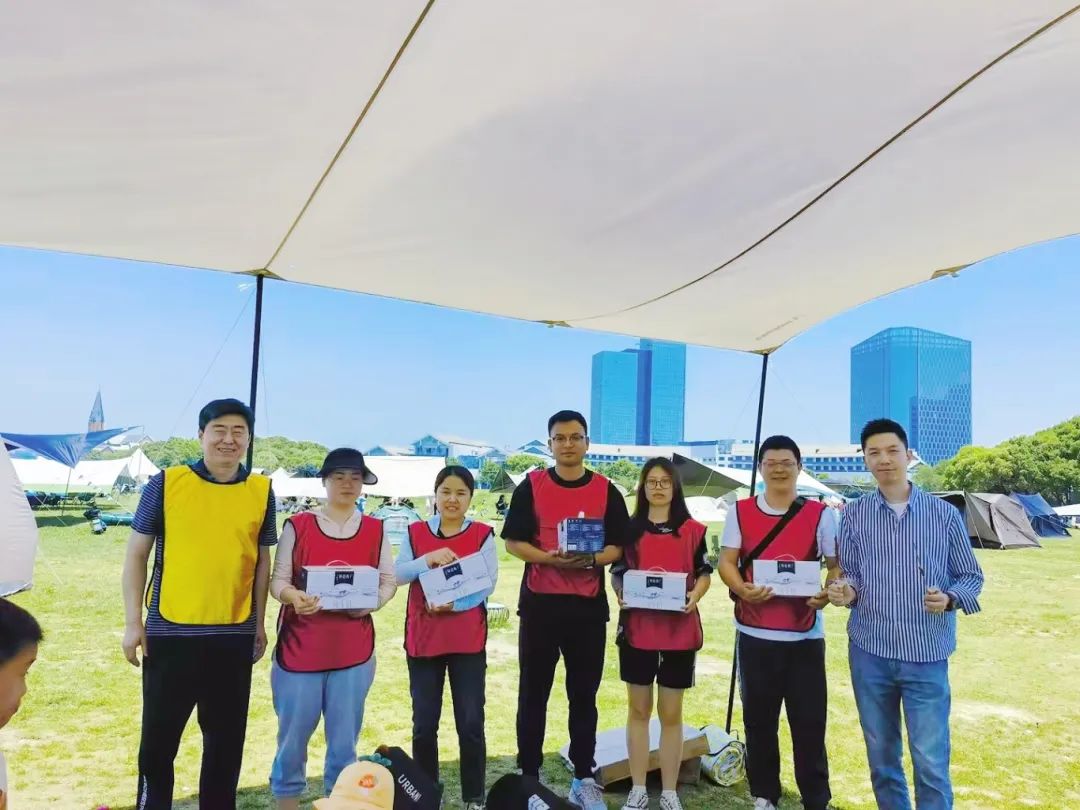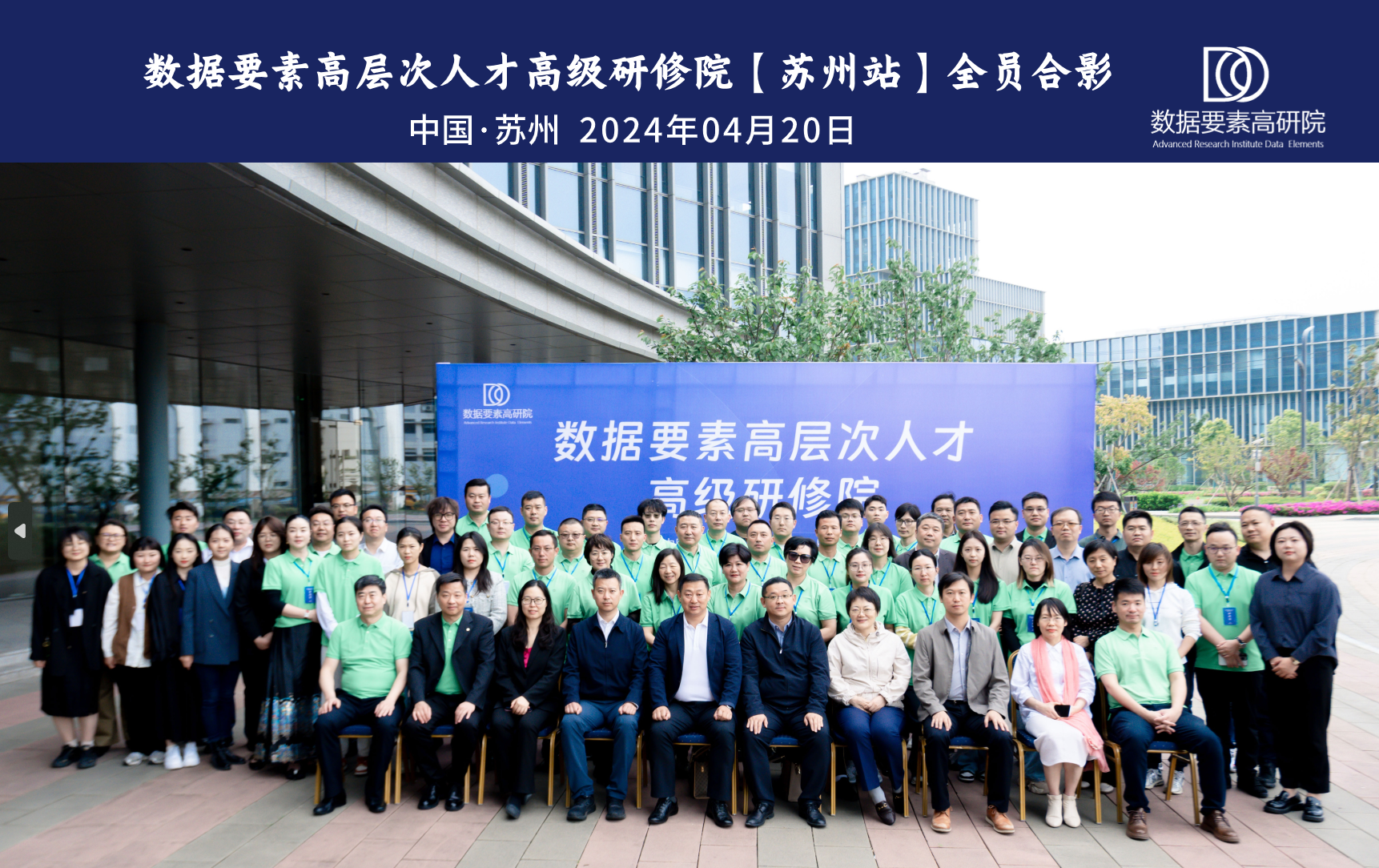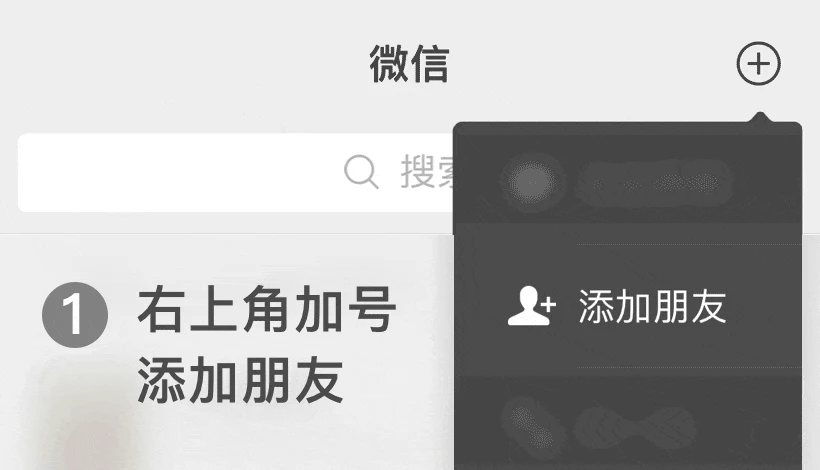

.jpg)



 Release time: 2024-11-08 16:02:08
Release time: 2024-11-08 16:02:08 Publisher: Sterui
Publisher: Sterui Views: 564
Views: 564
Sun Yuming
General Manager of Jiangsu Sterui Information Technology Co., Ltd.
.png)
hello everyone! Today, I would like to share with you the "Practice of Data Empowering Digital Transformation". Yesterday at the Digital Transformation Conference, many guests and experts also shared the pain points and practices of digital transformation. From the perspective of the second party's consulting, I will give you a simple sharing. There are many challenges and difficulties in the current digital transformation, including those in the manufacturing industry and those providing information technology services, as well as the AI technology shared by the previous guests.

There are many reasons why digital transformation is not successful. In the current economic environment, to put it simply, the economic cost of transformation is also the first factor that enterprises need to consider. Nowadays, many enterprises are either unwilling, afraid, or unable to convert. Large enterprises have relatively strong funds, while some small and medium-sized enterprises face many new difficulties and problems in terms of capital investment due to the current poor economic environment. Nowadays, digital transformation is relatively complete in terms of its process, methods, technology, and solutions. For business owners, the key factors are the input-output ratio, the cost of transformation, and the matching degree of value obtained. During our consultation process, many business leaders also provided feedback on the current situation, such as the implementation of many systems and automated production lines, but the effectiveness and transformation value are not obvious. At the same time, some new management issues have arisen because many bosses still have a high level of awareness and understanding of information technology, but are not very clear about the current digitalization and digital transformation. The effectiveness of digital transformation, what composite talents are needed to participate in digital transformation, and how to mobilize the allocation of the entire resource are actually very big challenges.
What is the biggest challenge for a manufacturing enterprise in terms of factory construction, production, and operation management? It's about organizing and mobilizing the entire company's resources to do a few things, and there aren't many things that can be achieved. To carry out digital transformation, it is necessary to mobilize a lot of resources and have strong systematic operation and management capabilities. Currently, many enterprises in China have achieved certain results by adopting ERP, MES, PLM, etc., but not all of them can achieve their expected results. What is the reason? In a favorable environment, there are more orders during the rapid development process, and more emphasis is placed on strengthening information technology construction and integration. The rapid delivery of orders should have been about discovering and solving problems, but due to the large delivery volume of orders, there is no time to make up for the shortcomings in management. In the past two years, due to changes in the external environment, the order volume and profits have decreased, and a new problem has emerged. To improve quality, reduce costs, and increase efficiency, we must face digital transformation.
So now we are facing the application of new technologies, and the technology itself iterates very quickly. From the boss to the team, facing new challenges is very big. It's not just a matter of funding, nor is it just about spending money to buy technology. For example, as we just discussed about AI, how to better integrate it with the business, how to use and maintain it, has actually raised the requirements for the team. The AI mentioned by the previous guest requires parameter adjustment in the later stage, transforming traditional engineers into AI engineers and forming new knowledge models. How to rebuild the business together with external service providers in order to generate new value from new technologies.
Nowadays, many places are building computing power centers, which is also a manifestation of the infrastructure capabilities of artificial intelligence. In addition to the development of new quality productivity, relevant national departments recently jointly released a national standardization development plan, which can better understand and promote the relationship between new quality productivity. This content is quite extensive, so I won't go into it one by one. Article 1: Promote the interactive development of standardization and technological innovation. We need to use standards to build many new standards and specifications in the field of artificial intelligence and new technologies. This standard has two aspects. On the one hand, it needs to be benchmarked with international standards. In the future, many products will also need to go abroad and be exported, which must be consistent with the standards of the European Union; On the other hand, we need to promote the construction of key technology standards and industrial transformation in fields such as ships, high-speed railways, new energy vehicles, intelligent connected vehicles, and robots.
.png)
Recently, you may have seen that various places are also working on building standards for artificial intelligence. Some are artificial intelligence associations, while others are leading companies working on standards. What are the similarities between this standard and our new quality productivity, including the digital transformation of enterprises? I have organized it here, and according to the requirements of the Outline, its core is to assist in the transformation of new quality productivity and enterprises, which is to promote innovation with standards, improve quality with standards, and enhance productivity with standardization. This Outline is also quite important, which is to cultivate new quality productive forces and promote high-quality development. As mentioned earlier, the current problem is mainly the lack of a standard language. For example, what standardization should enterprises use to carry out digital transformation? Service provider A has its own rhetoric, while service provider B has its own technological application scenarios. Everyone is different. The boss doesn't know who is right, including those in charge of information technology, and their understanding is also different. How to do digital transformation? Nowadays, people believe that there is a way to segment into different industries, by combining scenarios with actual enterprise experience. This is one direction.
How to build a more refined direction? We need to use standardization to do this. Let's briefly talk about traditional industrial scenarios, such as research and development, production, supply chain, operation, and maintenance. Nowadays, enterprises need to make a segmentation in their digital transformation. They should not view the transformation as too complex, nor should they make it too big or heavy. Instead, they should approach it with new thinking. New thinking means decoupling and constructing new scenarios. Let me talk about several aspects of decoupling construction. One is data elements, which refers to the development of various aspects of data in the data chain, how to extract it again, and then analyze and apply it. Everyone is currently working on artificial intelligence, and the accumulation and architecture of knowledge, including computing algorithms, need to be developed. Another thing is industrial software, which is the toolchain. What tools do we use to support key application scenarios, including research and development, production, and manufacturing. Another aspect is talent, because nowadays, talent is still more important in digital transformation. I have a client who reduced personnel but trained all engineers to become AI engineers. AI engineers empower production and analyze applications in different scenarios.
Decoupling reconstruction is the process of extracting key elements from digital transformation, intelligent manufacturing, and the integration of digitalization and industrialization. These aspects are relatively universal and applicable to the transformation of many manufacturing industries. Another underlying layer is standardization, which refers to data elements. There are many standards for the data elements that make up this standard. How to learn from these standards while collaborating with service providers, because it is difficult for the manufacturing industry to integrate them on its own. For example, talent should start with tools or elements, but there must be a direction. Of course, if the ability is strong, it can also be done simultaneously.
In addition, there are several aspects in the process of transformation. First, let's talk about diagnostic evaluation. In the past two years, Jiangsu Province has been conducting diagnosis on intelligent transformation and digital transformation, including the pilot cities for digital transformation of small and medium-sized enterprises promoted by the Ministry of Industry and Information Technology, which are all aimed at empowering the digital capabilities of small and medium-sized enterprises. This diagnosis is very important for an enterprise. The current situation of the enterprise, comparison of sub indicators, overall transformation ideas and architecture, what tools, methods, standards, technical solutions to use, what kind of talents to use, and how to do it all require a benchmark and analysis to promote referral through diagnosis.
Another aspect is the universal architecture. To address these elements, we need to create a map of digital transformation. We should not make it too complicated, but know how to do it. Research and development, including production manufacturing, supply chain, and customer management, should have a universal model that is suitable for ourselves. This model should be combined with our own ideas, including understanding of the industry, the enterprise, digitalization, and standards, as well as the current resources of the enterprise.
Another aspect is the standardization of the scene. Because there are so many scenes now, it is difficult to implement this scene. Where is the difficulty? With the scene and service plan in place, the enterprise lacks the ability to execute on its own. Some scenes are very expensive, while others do not fully meet its needs. Therefore, it is necessary to optimize and iterate the scenes, as well as build a team for the solution. I think it's the standardization of scenarios, including the standardization of knowledge mentioned earlier, which is a new problem we will face in our future work.
Analyze and explore our scenarios, draw a standardized, structured, and systematic digital transformation scenario map, form a "one chain, one policy, one industry, one policy", and form our own characteristics. In the process of transformation, it is a very traditional model, but it is very important. In the new enterprise transformation, it needs to be upgraded, such as strategy. When the market was good in the past, was it driven by business or guided by strategy? But now and in the future, it must be guided by the joint efforts of development strategy and digital strategy, and integrated to promote the development of enterprises. In the process of tactical execution, such as personnel, artificial intelligence changes the reliance of employees, and there is no need for so many operators. The proportion of AI engineers and employees will increase, and now more suitable talents can be recruited at a lower price. In the process of transformation, culture is particularly important. People who align with the company culture are assistants to the transformation, while those with different values will definitely become obstacles. Although talent is the primary resource for transformation, they will still face many challenges and difficulties. What is your strategy to form a matching new digital transformation strategy. Supporting this strategy is the integration of enterprise capabilities, as well as a detailed capability map. After these are constructed, what elements do you need and build them up. What elements should this solution be implemented through? For example, doing strategic standardization, system implementation, data conversion consulting, automation, data management, etc., incorporating service providers into the enterprise service pool, and then forming a systematic solution. Service providers and enterprises grow together, and long-term companionship and focus can help enterprises truly solve the problems of digital transformation today, tomorrow, and the day after tomorrow. It is difficult to rely solely on one service provider. To create a systematic solution, experts need to work together to provide a comprehensive and systematic solution for the enterprise. Service providers should have the ability to integrate digital transformation services through cross service domain cooperation, which is the long-term mechanism to help small and medium-sized enterprises solve digital transformation problems.
Finally, during our consultation, we will briefly share with you some of the digital related standards we are currently using. A few key words were mentioned earlier, the first being standards. When we first entered the industry, our predecessors said that those who have standards have the world. Nowadays, competition is also a competition of standards. I hope that many companies and bosses can rediscover the starting point of their development, learn more about standards, understand standards, use standards, and make standards. Through standards, they can empower many management, operations, and the application of new technologies.
There are many standards now, such as digital standards, data standards, artificial intelligence standards, etc. These standards should become the foundation of our transformation theory. Last time I attended the meeting, I heard an expert talking about humanoid robots that achieved excellent natural gait through end-to-end neural network models. If you train it well, it will definitely become your assistant. If not trained well, it will bring many negative impacts to society. So these laws, regulations, interfaces, and data security are all issues that need to be faced in the rapid development of society.
.png)
There are still many challenges that will not be discussed one by one, among which the biggest challenge is the boss's cognition and execution ability. Many projects nowadays are not bad, how can they be executed. We cannot change the role of the transformation subject, which must be the enterprise rather than the service provider. Another important aspect is to first make strategic planning. For companies like ours, we need to consider how to transform, who our competitors will be in the next 3-5 years, why customers are willing to pay, and how to improve product quality to bring better customer experience. These are the things we need to think about during the transformation process. Another aspect is the team's architecture. From the traditional organizational structure, it is necessary to quickly adjust this matrix or networked, platform based architecture, and leverage the organization and talent as new driving forces for transformation.
The above is my sharing, thank you everyone!
Source: Su Xinhui

Wechat ID:Siterui888888
Add a wechat friend to get free plans and quotations


 Contact
Contact




 定制化解决方案
定制化解决方案 专业咨询指导
专业咨询指导 透明化服务
透明化服务 长期顾问式合作
长期顾问式合作